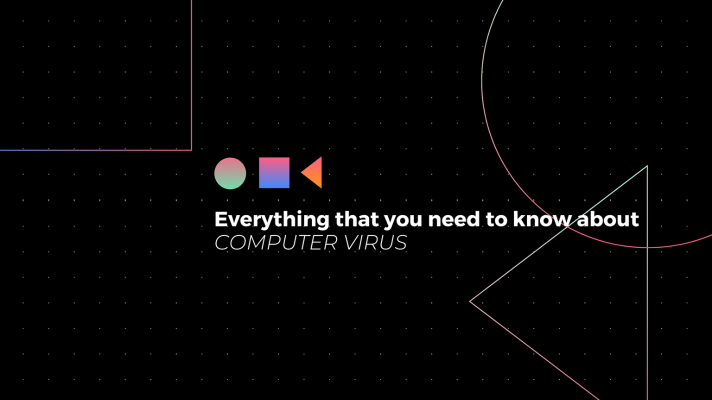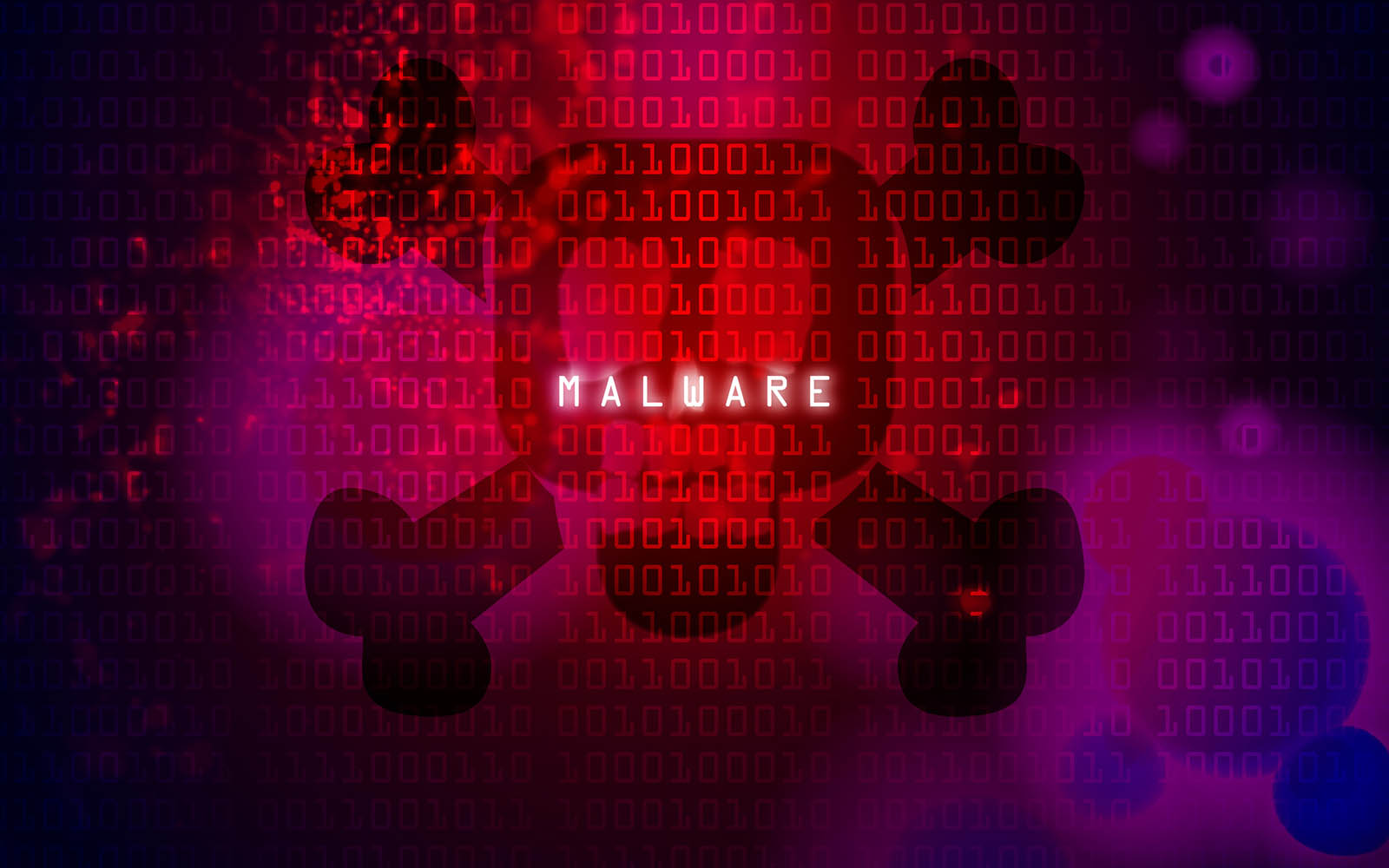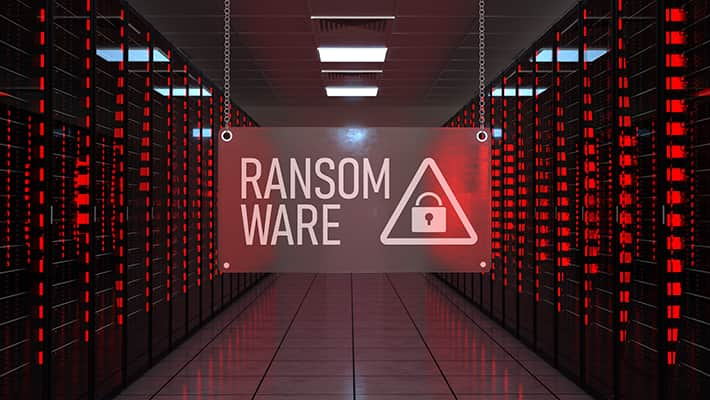Everything that you need to know about COMPUTER VIRUS
Computer development and evolution started in the late 20th century brought a lot of changes to this modern world as well as many threats. Now for every single transaction that we make with our computer goes through several steps before completion. But why? Of course security risks. But what type of security risks. Every time no one may be looking after you that when you are making a transaction and they can harm it. But some malicious software can be assigned to do this job more easily.
Even after having adopted technology and computer with our lives to this extend people are unaware of threats that they can face. Computer viruses are such types of threats that covers the whole web of computer systems. Just like its name a computer virus aka Vital Information Resource Under Seize is quite like a flu virus more harms computers. It is a software program that is designed to alter the way a normal computer works. A computer virus can replicate itself and spread from host to host. It attaches itself to a legitimate program that supports macros to execute its code. These viruses have become more noticeable these days because we use computers to do most of the works and crackers and use these viruses to cause harm to the system and steal or damage useful information.
How does a computer virus work?
Just as mentioned above, a computer virus is just like a flu virus as it replicates or spread itself from host to hosts. The functioning of a virus is systematic and planned. Crackers create various harmful programs to cause problems or malfunction in the host's computer. These programs are attached to several other unharmful programs so that when they have executed these viruses are also executed. Once the virus is attached to the program, it remains hidden until circumstances cause the program to be executed which in turn executes the virus itself. Unless they are executed, these virus remains hidden i.e unnoticeable. But once they are executed, they start doing their job. They can malfunction your computer, corrupt files, spread to another computer on the same network and worst of all use your computer to do malicious things. Some virus is also designed to corrupt financial needs.
How does a virus spread?
Well in this connected world it is not difficult for a virus to spread to other computers. It can spread through social media scam links, downloadable files, attachments and several other ways. As viruses are unnoticeable unless they are executed, they can hide beneath various objects in a system. In mobile devices, they can hide beneath unknown apps which when installed can cause damage to the mobile device. E-mails have been significant in the role of spreading these viruses. For decades, malicious e-mails are being sent over the internet when opened, the virus gets executed. One way to stay safe from this virus is that never download known files from the internet or read unknown e-mails.
Types of computer viruses
System all around the globe has been facing the challenges of virus threats since computer generation came into existence. There are several types of viruses that are responsible for harming, modifying or altering different aspects of the computer system. Some of them are specified below:
Macro virus
These type of viruses are generally found in Microsoft office files i.e word, excel and power-point files.
When these viruses infect MS office files, they increase the size of that file as the virus adds up its code. When these viruses infect a file, it can be easily shared among other computers via sharing.
Boot sector virus
These are one of the oldest and dangerous types of computer viruses. Started in the 90s when these viruses used to harm the boot sector of a computer system carried through a floppy disc. Nowadays, USB sticks and e-mails have replaced floppy discs. Once these viruses harm a computer, they harm straight to the boot sector and the user may need an expert to carry out a full system reformat.
Trojan Horses
These are one of the sneakiest types of computer viruses as they disguise themselves as other useful programs which the user may tempt to install and once install they get excess to all your private data and send the information to other location. Their name implies the big wooden horses in which the Greeks hid themselves to get into the city of Troy.
Overwrite virus
These type of computer virus acts as pests. They take over a file and deletes its original content and rewrites its file without the user even knowing it. Once the original file content gets deleted, it cannot be recovered. These files can be shared among another computer as well and hence these virus replicates. These can be avoided if files are scanned before downloading from the internet.
Browser Hijacker
These are not as harmful as other types of viruses but are tricky. They take over your internet searches and redirect you to visit such web pages that you didn't even want to visit. Those web pages show you wanted ads and shows you pop-ups to download unwanted files. This can make your internet slow and the system fails sometimes.
Web scripting virus
These are modern kind of viruses. They blend behind various websites using social media platforms. These viruses disguise themselves as simple URLs which a user may tempt to click on it. Then these viruses steal the user cookies. By steeling the cookies they can get excess to the user's accounts and passwords. These viruses can send spam to the system which may fail some system functions.
Polymorphic virus
These are somewhat like a Chameleon that gets modify every time its replication which gives this virus a plus point. After getting onto a system, it starts the replication process and every time it replicates changes its build structure which makes it difficult for antiviruses to find them. This mainly gets onto the user computer through e-mails or downloadable links. Once executed can delete your files and malfunction them.
Resident virus
These are the most common type of virus. They get into your computer's memory uninvited and make it home. Then it can get access to different aspects of your computer system causing harm to them.
Multipartite virus
These viruses are on the growth in recent years. They are also called 'multi-part virus'. While some viruses can attack the boot sector or get into the computer with a file, this virus can do both. These usually spread through '.exe' files which makes it hard to notice. After execution, these virus eats up the virtual memory of the system.
Space-filler virus
These viruses find the space in the program code and attach there its code. This way they don't alter the size of the files which makes it difficult to be detected by antiviruses. Fortunately, this kind of virus is hard to build as it supports very few kinds of files that it can attach to.
Malware
Malware is malicious software that is designed to cause harm to a computer system. Types of malware include viruses, spyware, ransomware, worms etc. Yes, a virus is also a part of malware. This software performs various functions such as stealing, encrypting and deleting sensitive data. Malware infects network and devices and they are designed to harm or malfunction those devices. Depending on the type of malware, it can present itself in many forms and present its effect differently. Phishing attacks are a common type of malware delivery e-mails disguised as legitimate messages that contain malicious links which can deliver the malware to the unsuspecting user.
Worm
A computer worm is a type of malware that spreads from system to system and make copies of itself. It doesn't need any human interaction for its replication. The main difference between a virus and a worm is that a worm doesn't need to attach or hide itself to any software program to spread and cause damage. A computer worm can arrive via spam e-mails or messages. That message could provide a link where once clicked, the worm gets downloaded. It can harm the normal functioning of a computer system and damage the user's data.
Ransomware
Ransomware is malicious software or a type of malware that infects the victim's computer and display messages demanding a fee to be paid for the proper functioning of the system again. This type of malware is generally used by criminals for money-making. Ransomware can come to any system through spam e-mails or deceptive links. It encrypts or locks important files with a password and ask the user for a fee to be paid for the password. The first case of ransomware was detected in 2005 in Russia and since then many cases have been filed.
Spyware
Spyware is a type of malware that keeps itself hidden in a computer system and tracks and records the user's online activities that the user do on that system. It can monitor and copy everything done on that system. Some spyware is also capable to activate cameras and microphones to watch and listen to the user undetected. The difference between a virus and spyware is that a virus replicates but spyware stays hidden and records activities and do nothing else.
How to detect or prevent computer virus?
Computer viruses are quite common these days but if we look and the uses of computer systems then it is a matter of concern to take necessary steps for the detections and preventions of these computer viruses. Fortunately, now we have much more sophisticated antivirus software that can easily detect and handle viruses. Although there are several antiviruses available over the internet, it is the responsibility of the user to take good care of the system and look for any malfunctioning. There are few rules that a user must follow to prevent virus attacks:
Basic internet rules:
- Avoid clicking unknown links or open e-mails from unknown senders.
- Use spam blocking tools and ad-blockers to prevent unwanted pop-ups and windows which can download viruses.
- Use a strong password for signing up and avoid storing usernames and passwords in locatable places.
- Download files only from trusted sources.
Protect the computer:
- Back-up files on your computer into an external hard drive or over the cloud regularly.
- Don't keep sensitive or private information locally on your computer rather keep it locked in trusted sources.
- Avoid sharing access to your system with strangers.
Use of Antivirus Software:
- The new and advanced virus always try to get access to computers so it is better to have antivirus software that automatically downloads the latest virus definitions to keep you protected.
- Always scan the whole system once a week.
With having so many uses, modern computers come pre-equipped with the latest antivirus technologies which give them a one step ahead advantage. These days security has become more advanced as well as venerable so it is better to know various ways which can cause harm to your system so that you have an idea on what is happening.
If you like this article and want to read more articles like this then please subscribe to our newsletter and follow us on facebook.
































How do you think the hacker got into the computer to set cybersecurity up?
ReplyDeleteHackers can send you unknown or malicious email, links, messages etc. Whenevery you click on those links they get access to your system.
DeleteAgain What are the biggest cybersecurity threats right now?
ReplyDeleteThreats like system hacking, account hacking, data phishing etc are major cybersecurity threats. So keep your passwords strong and all your security details safe.
Delete